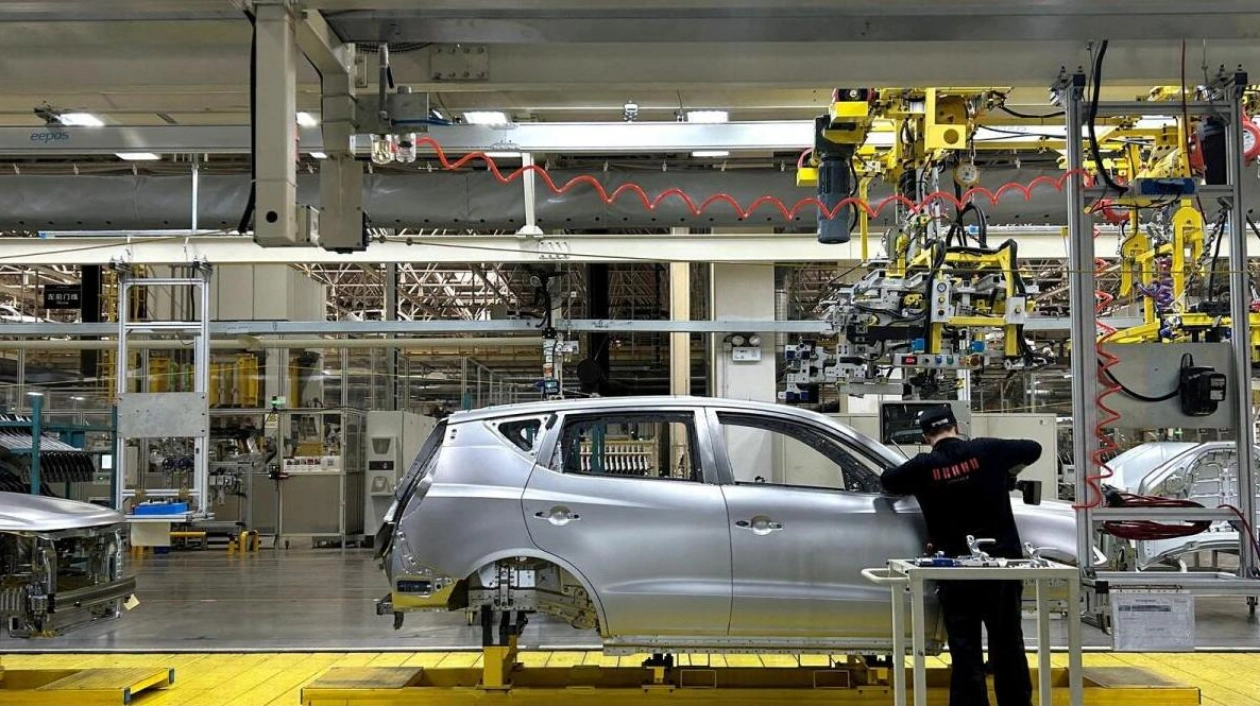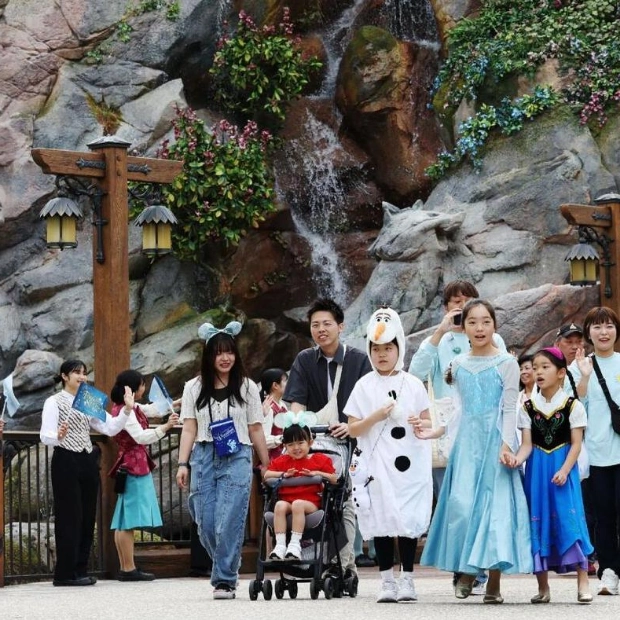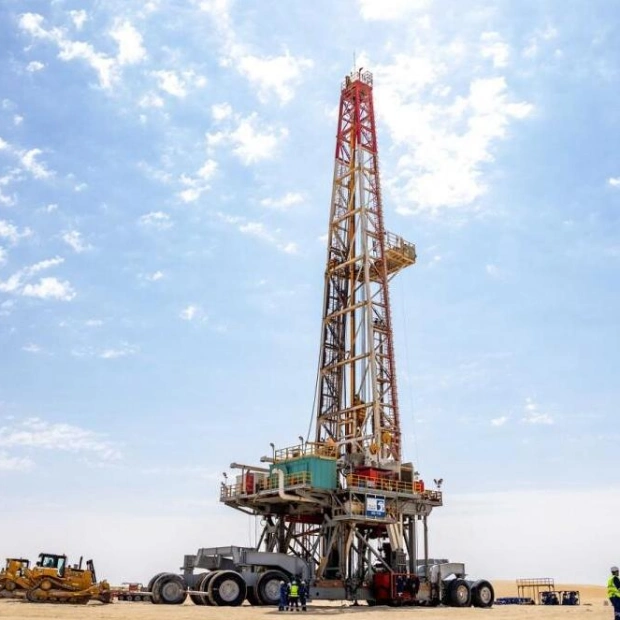China's manufacturing sector experienced a return to growth in August, driven by an increase in new orders that spurred production, according to a private sector survey released on Monday. This growth supported employment and boosted confidence in the economic outlook. However, the first drop in new export orders in eight months, following subdued export data in July, raised concerns as the peak season for shipping Christmas goods began. The Caixin/S&P Global manufacturing PMI climbed to 50.4 in August from 49.8 in July, surpassing analysts' expectations of 50.0 in a Reuters poll. This figure, which primarily reflects smaller, export-oriented companies, is more positive than the official PMI survey indicating a continued decline in manufacturing activity for August.
New orders rose in August after a decline in July, fueling a tenth consecutive month of production growth, according to the Caixin survey. Notably, firms in the consumer and intermediate goods sectors spearheaded this output increase. Conversely, external demand weakened, causing new export orders to drop for the first time in eight months, marking the sharpest decline since November 2023. Exports have recently been a focal point, supporting China's position as the world's second-largest economy amid weakening domestic consumption and a property market crisis that has dented business and consumer confidence.
Despite the Caixin PMI returning to expansionary territory, economist Wang Zhe of Caixin Insight Group noted, "The growth was limited." He added, "Given the government's ambitious annual economic growth target, the challenges and difficulties in stabilizing growth in the coming months will be significant." The improvement in overall demand stabilized staffing levels after 11 months of decline. Inventories of finished goods rose, with evidence suggesting delays in outbound shipments contributed to the increase in post-production stock. Lead times extended more rapidly in August due to supply and transportation constraints, as reported by panelists. Extreme weather conditions, ranging from devastating floods to intense heat, disrupted logistics in certain regions.
Price pressures moderated, with average input costs falling for the first time in five months, attributed to lower raw material prices. Consequently, producers reduced selling prices, with some offering discounts to maintain competitiveness. Manufacturers' optimism reached its highest level since May but remained below the long-term average.






